History of Uzbekistan: Ancient States
Achaemenid (Persian) dynasty
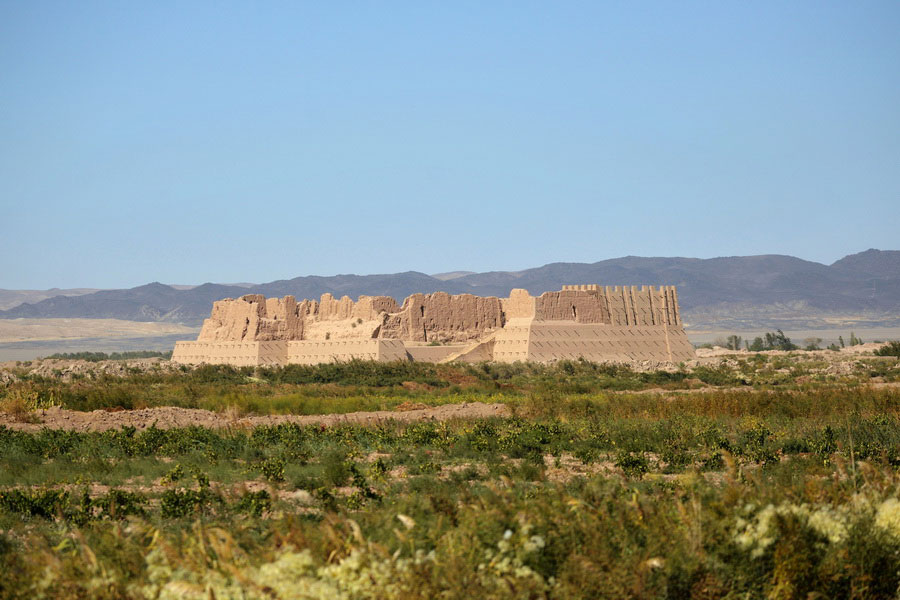
In the 6th century BC Central Asia was conquered by the king Cyrus, the founder of the Achaemenid Persian state. Over two hundred years the entire southern part of Central Asia was a part of the Achaemenid Empire, in which all its territory was divided into satraps. Three of the Central Asian satrapies: Bactria, Sogdiana, Khorezm were first ancient states, which wholly or partialy were located within the territory of modern Uzbekistan. Freedom-loving people of Central Asia could not live under the oppression of the Persians. They often struggle against invaders. In the second half of the 4th century BC after long struggle, Khorezm gained its independence. Then Saks became an independent state. Numerous rebellions weakened the Persians and the arrival of the army of Alexander the Great brought an end to the Achaemenid Empire.
Age of Hellenism
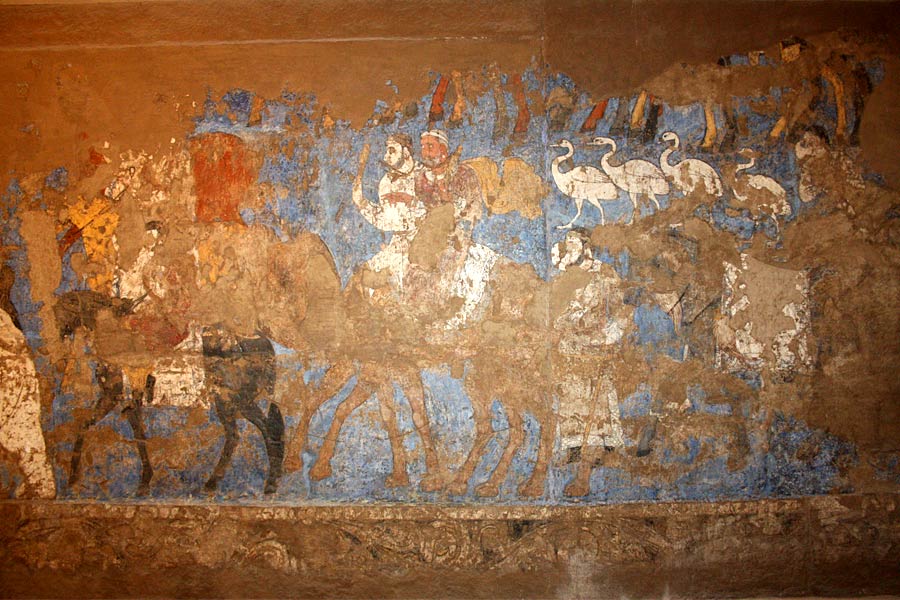
The collapse of the Persian empire occurred in the 4th century BC, when the great Greek military leader Alexander the Great defeated the Persians at the Battle of Gavgamellah. In 329 BC Alexander strengthened his power in Sogdiana.
In 323 BC, after Alexander's death, Sogd became the part of the Seleucid State, founded by the Greek commander Seleucus. In 250 BC a Seleucid satrap Diodot detached from this state a separate Greco-Bactrian kingdom with the capital in Baktry. This ancient state included Margiana and Sogdiana. After Diodot Evtidem came to the power and then Demetriy became the ruler of the state. During his reign a part of India was joined to the Greco-Bactrian State. Culture and economy reached a high level of prosperity, crafts, agriculture, trade and town planning were developed and money was coined. The ancient state was centralized and, as well as the Seleucid State, it was divided into satrapies. At that time, due to the construction of the road from Seleucid State to Baktria an international trade and relations with various countries around the world were developing. Baktria was situated on the trade road of China-India (southern branch of the Silk Road).
Kushan Empire
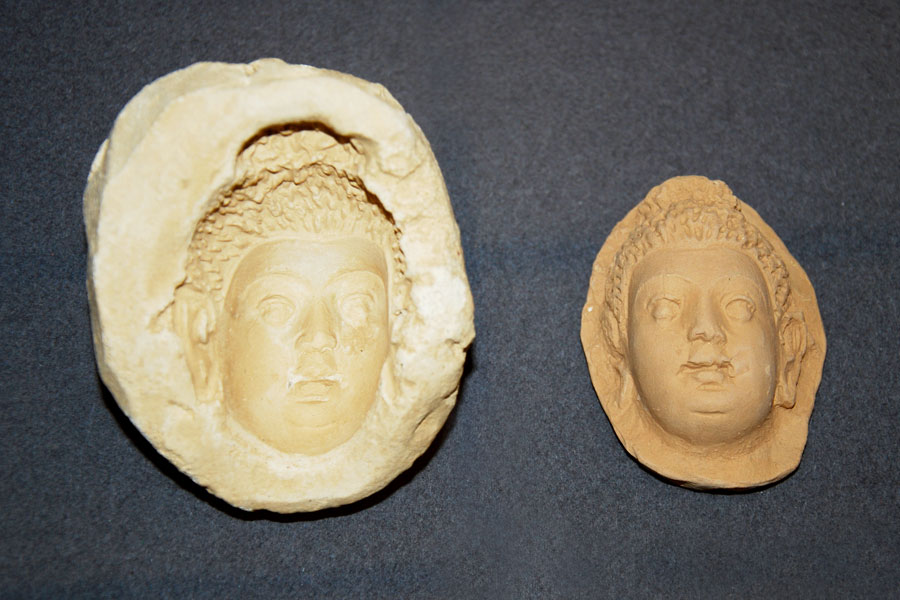
Despite the rapid development, the Greco-Bactrian kingdom was torn by civil dissensions. It caused to the collapse of the state in the middle of the 2nd century BC. Sogd waited another stage of development in the new state, Kushan. It was founded by a nomadic tribe of Kushan (Yuezhi), which managed to conquer a previously separated Khorezm. The Kushan Empire became one of the greatest states of the period. It included Central Asia, a part of present-day Afghanistan and northern India. Kushan ruler, Kanishka I, adopted Buddhism. Throughout the state Buddhist temples were constructed. Cities of Central Asia became the centers of crafts and trade. It was the period of prosperity of the region, its economy, culture and art development. But the most important achievement of that period was a new land trade route, later named the Great Silk Road. The route stretched from China to western countries through a vast territory. Central Asia, namely central part of Uzbekistan and the Fergana Valley, became an important part of this highway. Kushan Empire existed in the 1st-4th centuries AD. It was destroyed by the nomad tribes of Ephtalites.
Parthia
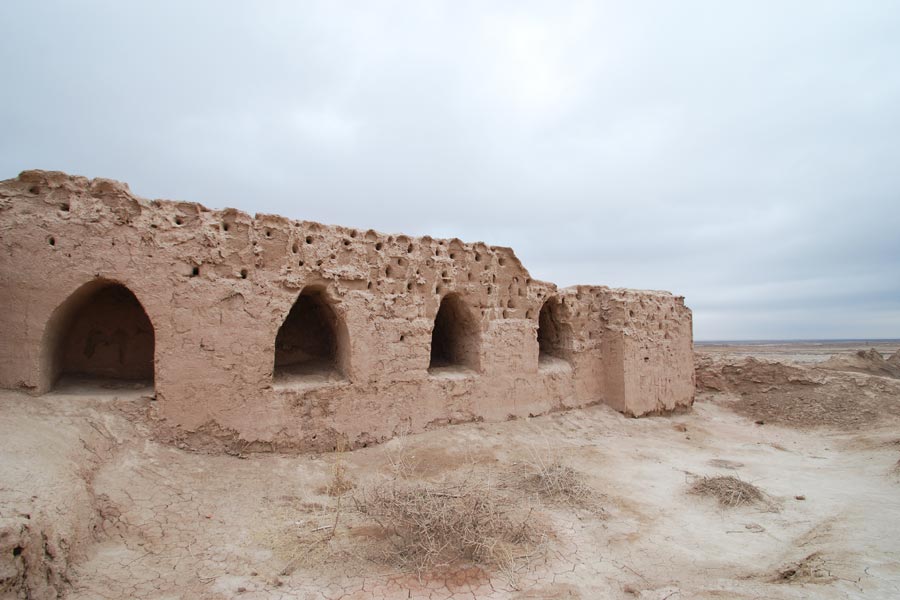
One of the most powerful states in Central Asia, Parthia separated from the Seleucid State in 250 BC. Parthia was located south-east from the Caspian Sea, on the territory of today Turkmenistan and a part of northern Iran. During the prosperity of the state, Parthia conquered territory, stretching from Asia Minor to India. The first ruler of Parthia, Androgen was soon replaced by Arkshak I, a founder of Arkshakid Dynasty. The Parthian State reached the highest prosperity during the reign of Mitridad in 170-138 BC, who took eastern satrapies: Persia, major part of Mesopotamia and Armeny, away from Seleucid state and conquered a part of the Greco-Bactrian state. He was first who took the title “king of kings” and declared himself the successor of Achaemenids. The capital of the Parthian State was located in Nisa. Ruins of this city are located close to Ashgabat. Nisa was divided into two parts: Old Nisa, king’s reserve, and new Nisa, ruins of the ancient Parthian city. Torn by internecine conflicts and pressure from Rome, the Parthian State collapsed in 226 AD.
Kangju
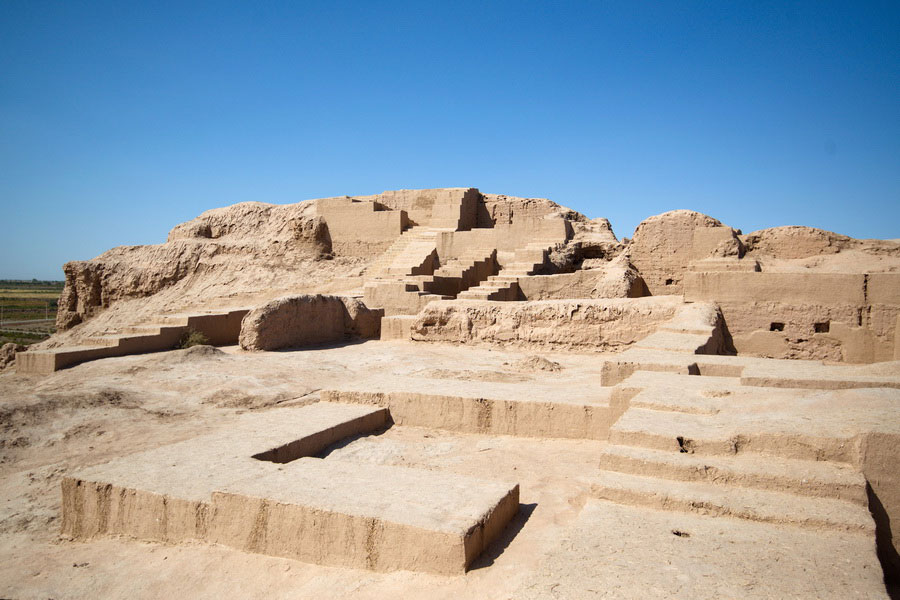
First notes about the ancient state Kangju were found in Avesta, where it was called Kangha. Since the 3rd century Kangju existed as an independent state, and it reached the highest prosperity in the 1st-2nd centuries AD. Kangju included the Syr Darya steppes and regions along the lower and middle reaches of Syr Darya. In the south Kangju bordered with Kushan Kingdom and in the north-east with China Empire. The Silk Road laid through Kangju State that caused to the development of the economy. Strategically important location of the state provided the influence of Kangju on the political situation in the region.
Major facts about Kangju we have from Chiness sources, namely from historical records Shih Tzu by Sim Tzyan. He wrote that Kangju was the confederate state with developed economy and system of administration. Main population of Kangju consisted of nomadic tribes, but the population of southern part of the state was agricultural. The decline of the ancient state was in the 4th century AD, during the new movement of tribes and invasion of nomadic tribes to agricultural districts of Central Asia.
Early Middle Ages in Uzbeksitan: 5th-11th centuries
Middle Ages in Uzbekistan: 11th-16th centuries
Recent history of Uzbekistan: 19th-21st centuries

